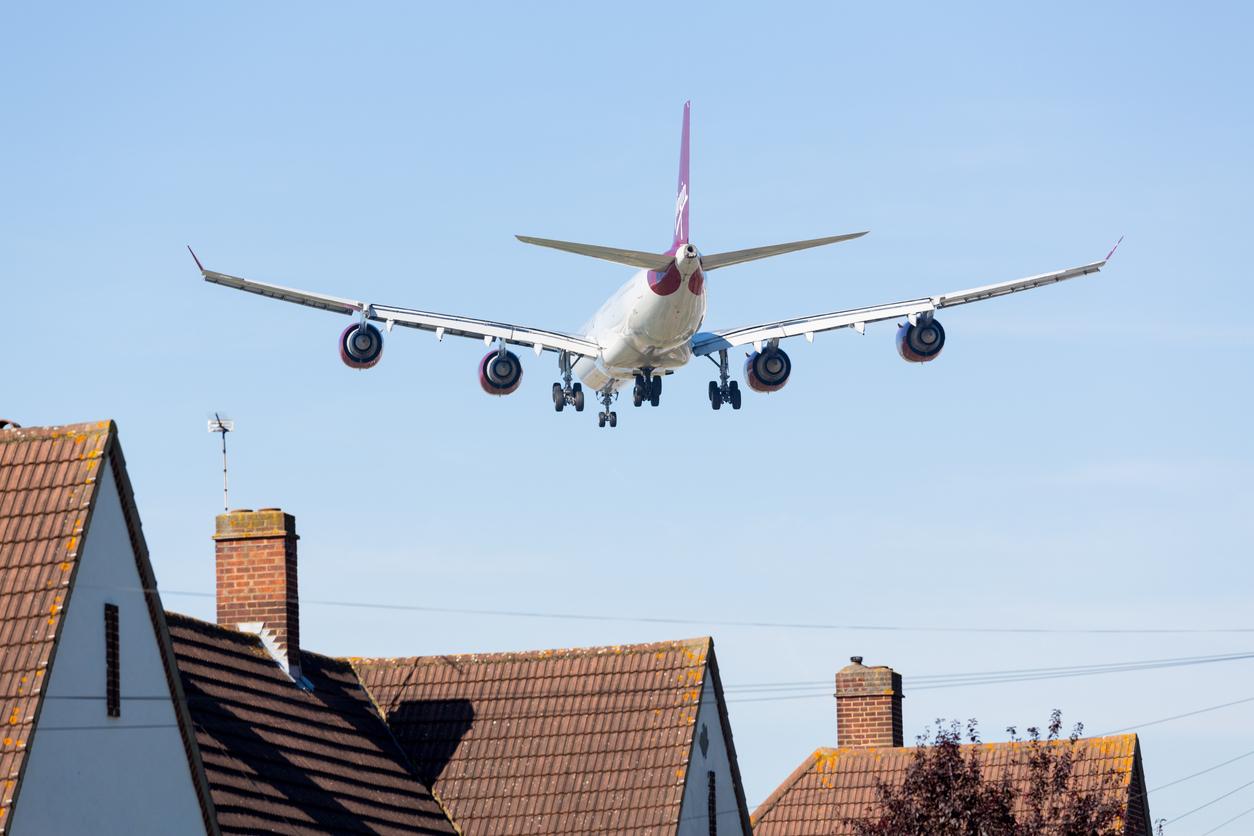People exposed to aircraft noise are more likely to have a high body mass index, increasing their risk of obesity and, by extension, stroke, heart attack and high blood pressure, according to a new study.

- The greater the exposure to aircraft noise, the greater the risk of having a high BMI, a new study finds.
- People exposed to high levels of aircraft noise are therefore more likely to suffer from obesity.
- The American researchers noted regional disparities in the USA. The association between aircraft noise and high BMI was stronger on the West Coast and in arid areas.
Air traffic may not only be unpleasant for our ears. A study from the Boston University School of Public Health shows that people exposed to aircraft noise are more likely to have a high body mass index (BMI). If this indicator is higher than 30, it is a marker of obesity and a risk factor for high blood pressure, diabetes, heart attack and stroke.
The study was published in the journal Environment International.
Airplane: the louder the noise, the higher the BMI
To test the impact of aviation activity on health, the American team examined aircraft noise levels every five years from 1995 to 2010. At the same time, they recorded the BMIs of 75,000 nurses as well as exposure to aircraft noise in their area of residence (less than 45 dB; 45 to 54 dB; 55 dB and above; and continuous exposure to 45 dB or above).
Data analysis reveals that individuals exposed to aircraft noise levels of 45 dB or higher were more likely to have a higher body mass index (BMI). In addition, the highest BMIs were recorded in residential areas where noise was 55 dB or higher. Exposure to aircraft noise above 45 dB was also associated with a higher BMI in the mid- and late-fifties, starting in early adulthood.
“Previous research has shown that aircraft noise can increase stress responses and disrupt sleep, but the evidence for a link with BMI is mixed.”explains Matthew Bozigar, head of the study. “We were surprised to find a fairly strong link between aircraft noise and higher body mass index among women in the United States.”

Noise pollution and health: regional disparities highlighted
The researchers note that they did identify regional differences. Stronger associations between high BMI and aircraft noise exposure were recorded among participants from the US West Coast and those living in arid conditions.
“We can only speculate as to why we saw these regional variations, but one reason may be related to the era of regional development, building characteristics and climate which can affect factors such as the age of the dwelling, design and level of insulation,” explains Dr. Junenette Peters who also worked on this study. “Regional differences in temperature and humidity can influence behaviors such as window opening, so perhaps participants living in the West were more exposed to aircraft noise because of window openings or housing type, which allowed more noise to penetrate.”
The team plans to further explore the link between aircraft noise exposure and obesity, as well as inequalities in ambient noise exposure, in future work. “We need to study the potential health impacts of environmental injustices related to exposure to transport noise, as well as other environmental drivers of poor health outcomes”says Matthew Bozigar in a communicated of his establishment.There is still much to be discovered, but this study adds to a growing body of evidence that noise has a negative impact on health.”
















